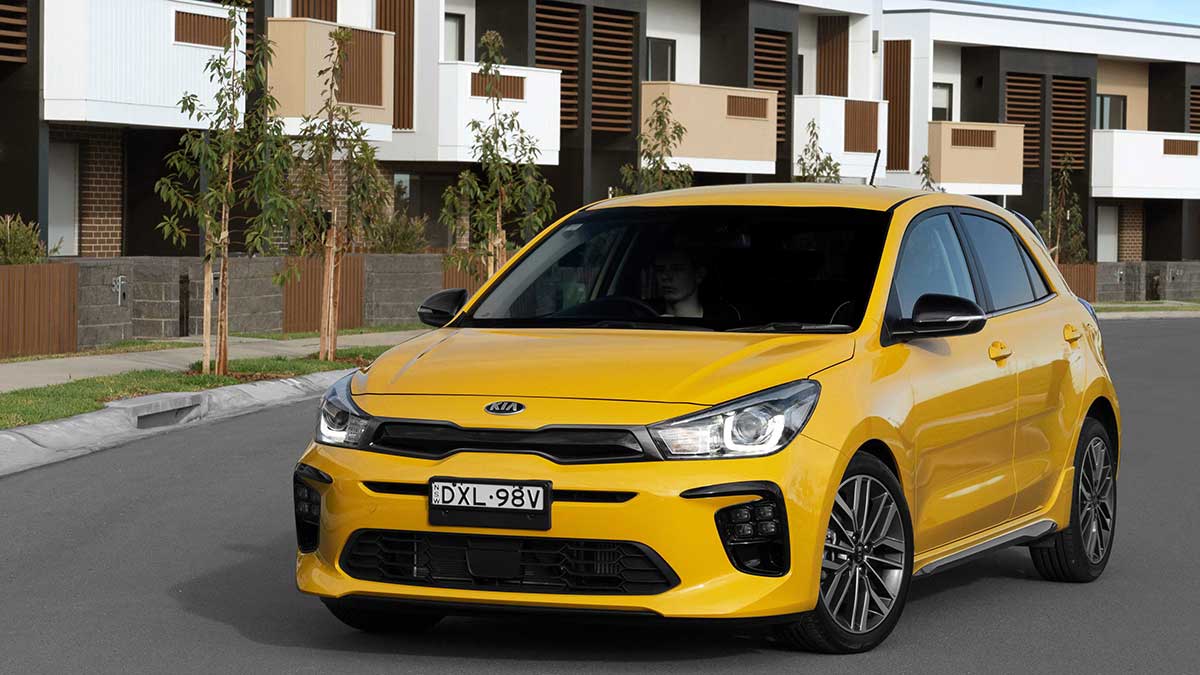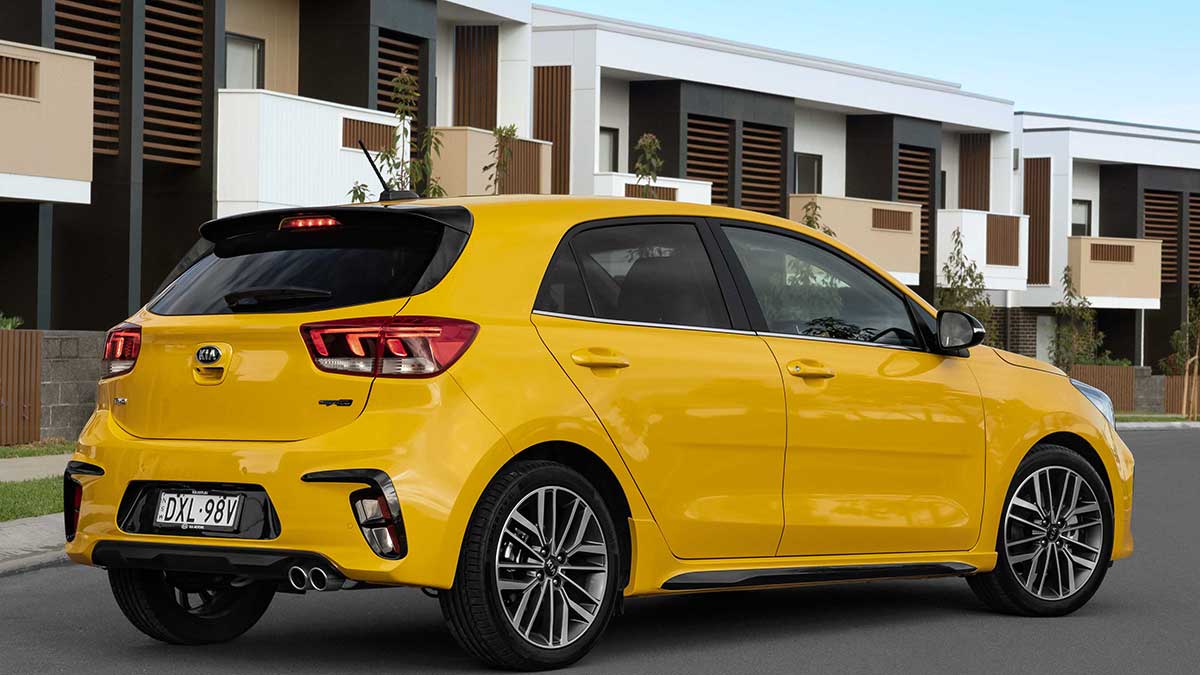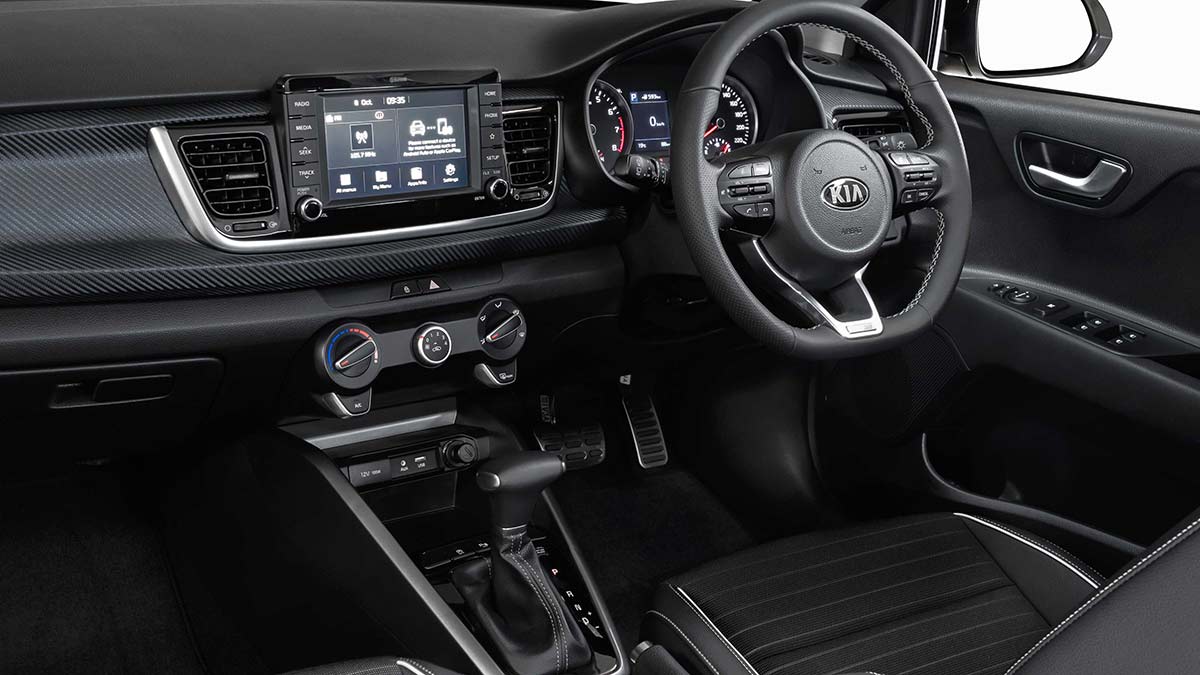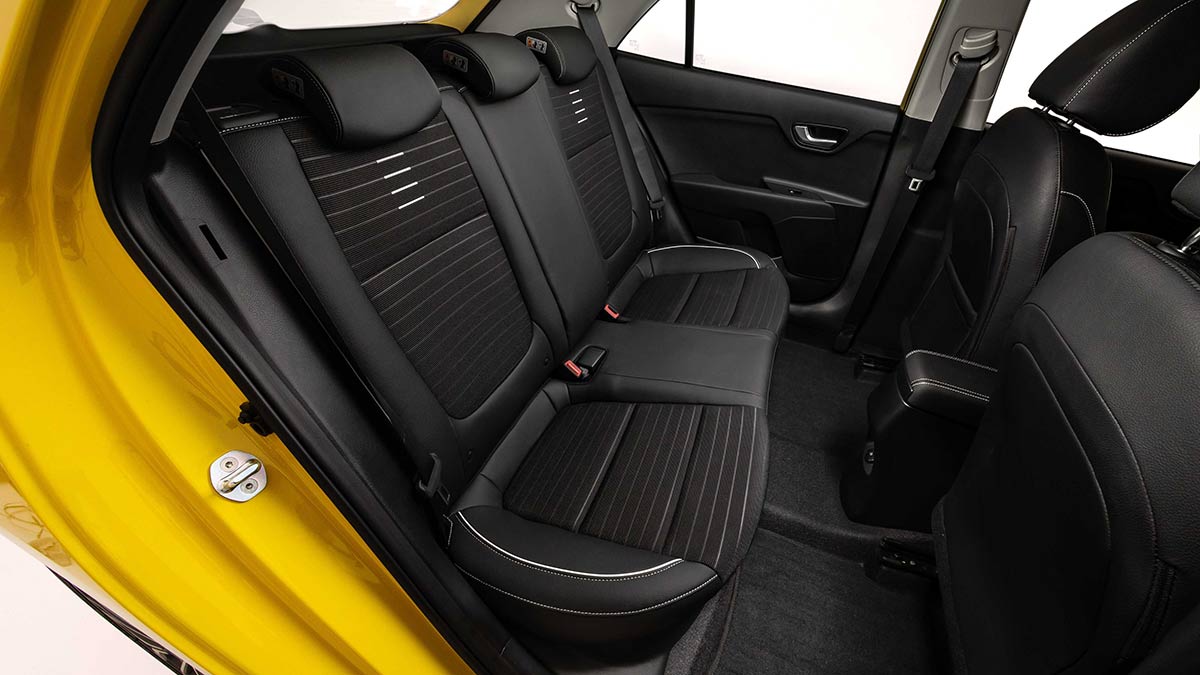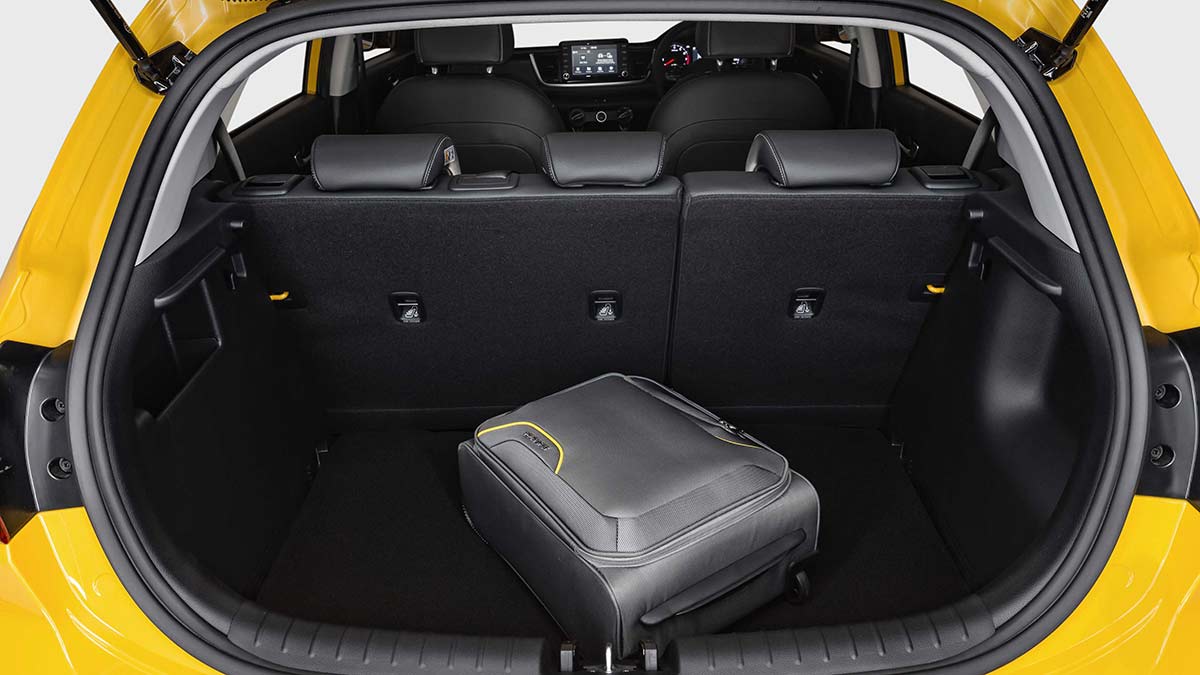The ninth-generation Toyota HiLux has arrived, bringing with it a futuristic forward exterior design, more safety and tech and the same rugged capability owners love. Will the updates tempt private buyers away from the Ford Ranger or are they just enough to keep fleets onside?
Road test: Kia Rio GT-Line 2019 review

Greg Hill takes the Kia Rio GT-Line through its paces in a full road test.
Kia Rio has improved substantially over the years and has earned its place as one of the top contenders in the light-car category.
In a recent upgrade (late 2018) Kia refreshed and restructured the Rio five-door hatchback line-up with changes designed to keep it at the top end of an extremely competitive field.
The entry-level grade remains the S, with the same 1.4-litre engine and choice of a six-speed manual or the basic four-speed automatic. The Si and SLi grades have been replaced by the mid-spec Sport and range-topping GT-Line.
Kia Australia has maintained the Rio’s attractive pricing with the entry-level manual S leading the charge at $16,990 drive away, while the GT-Line is $22,990 drive away. The reassurance of Kia’s seven-year unlimited-kilometre warranty also adds to the value.
Thumbs up
The GT-Line's 1.0-litre turbo adds spirit and the extra safety of AEB and lane-keep assist is pleasing.
Thumbs down
Disappointing that AEB and lane-keep assist are not standard across range. Space saver spare can be inconvenient. A few handy features were dropped to maintain an attractive price.
There has been a shuffling of standard equipment with big pluses and a couple of losses to balance the cost. The GT-Line, in a first for Rio, comes with autonomous emergency braking and lane-keep assist as standard, plus an ‘Idle Stop and Go’ system to help reduce emissions. Navigation, however, now requires mobile phone connection, instead of the excellent built-in system in the previous Si and SLi grades. Manual heating and air-conditioning controls also replace the more upmarket climate-control system. Less disappointing is the absence of the sunroof which was standard on the SLi.
Like the S, the Sport is powered by a 1.4-litre engine, still with the option of a six-speed manual, but the automatic is a conventional six-speed unit. It’s the smartly dressed GT Line that really steps up the pace with a more sophisticated 1.0-litre direct-injected, turbo-charged petrol engine driving the front wheels via Kia’s seven-speed automatic-shifting, dual-clutch transmission.
Although smaller in capacity, the 1.0-litre, three-cylinder, turbo-charged engine produces a handy 88kW of power at 6300rpm and 172Nm of torque from 1500 through to 4000rpm. Having an extra 14kW and 39Nm not only means the GT-Line is quicker, but the broad spread of peak torque delivers much stronger driveability for everyday use.
In the past we’ve described the performance of the 1.4-litre Rio with its hard-working four-speed auto as lacklustre, but the extra grunt of the 1.0-litre turbo and additional gears puts it right up among the best of the mainstream models in its class. The GT-Line we drove coped easily with city and suburban traffic, cruised comfortably and had plenty in reserve for the hills or safe passing. Rio’s new stop-start function, however, wasn’t always as smooth as expected.
Not only is the GT-Line a more enjoyable drive, it also uses less fuel than the 1.4-litre versions under similar operating conditions. Official fuel consumption is 5.4L/100km, while on test, mainly around town, we averaged 7.8L/100km.
Kia’s Australian-tuned suspension has been a standout feature of the Rio for some time now and continues to deliver a good balance of surefooted handling, well-controlled ride and light, accurate steering. The brake pedal feel can be a little touchy and may take some familiarisation, but the system provides good stopping power.
In keeping with other Kia models, the GT-Line is easily recognised by its smart-looking body kit, radiator grille, unique rear diffuser and twin exhaust.
For a light car, the functional cabin space is good, although not class leading. It has an open, inviting feel with the GT-Line’s satin silver trim giving the Rio’s familiar, user-friendly layout a premium, subtly sporty look. Well-shaped front seats, with a little extra side bolstering, provide better comfort and support than the average pews in this class.
There is enough rear-seat width to accommodate two adults or three children in relative comfort, with plenty of headroom and adequate, rather than abundant, leg room. Boot space is also relatively good, and the 60/40 split-folding rear seat adds versatility but doesn’t fold flat. Beneath the boot floor, Rio carries only a temporary-use space saver spare wheel.
As this is not an all-new model, the five-star ANCAP rating for the previous version is carried over.
The verdict
In a revised Rio range, the smartly dressed GT-Line is the star of the show. Its stronger performance and general driveability plus added safety features are worth the extra few dollars.
|
Price |
Price as tested: $22,990 drive away |
|---|---|
|
Standard safety |
Five-star ANCAP rating, six airbags, autonomous emergency braking, lane-keep assist, driver-attention alert, hill-start assist, rear-view camera and parking sensors. |
|
Standard features |
Dusk-sensing auto head lights, cruise control, seven-inch multi-media colour touchscreen, Apple CarPlay and Android Auto, Bluetooth connectivity, LED daytime running lights and LED front park lights. |
|
Drivetrain |
1.0-litre turbo, seven-speed DCT, front-wheel drive |
|
Fuel |
91 RON petrol, 45-litre tank |
|
Warranty/Services |
84 months/unlimited kilometre warranty, 12 month/15,000 kilometre services |
